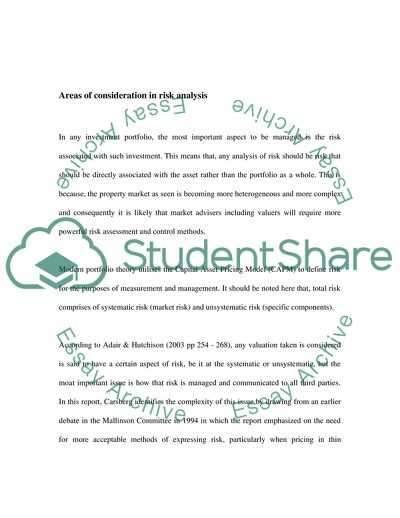Cite this document
(The Reporting of Risk in Real Estate Appraisal Property Assignment, n.d.)
The Reporting of Risk in Real Estate Appraisal Property Assignment. https://studentshare.org/law/1718712-analysis-of-investment-market-data
The Reporting of Risk in Real Estate Appraisal Property Assignment. https://studentshare.org/law/1718712-analysis-of-investment-market-data
(The Reporting of Risk in Real Estate Appraisal Property Assignment)
The Reporting of Risk in Real Estate Appraisal Property Assignment. https://studentshare.org/law/1718712-analysis-of-investment-market-data.
The Reporting of Risk in Real Estate Appraisal Property Assignment. https://studentshare.org/law/1718712-analysis-of-investment-market-data.
“The Reporting of Risk in Real Estate Appraisal Property Assignment”. https://studentshare.org/law/1718712-analysis-of-investment-market-data.


